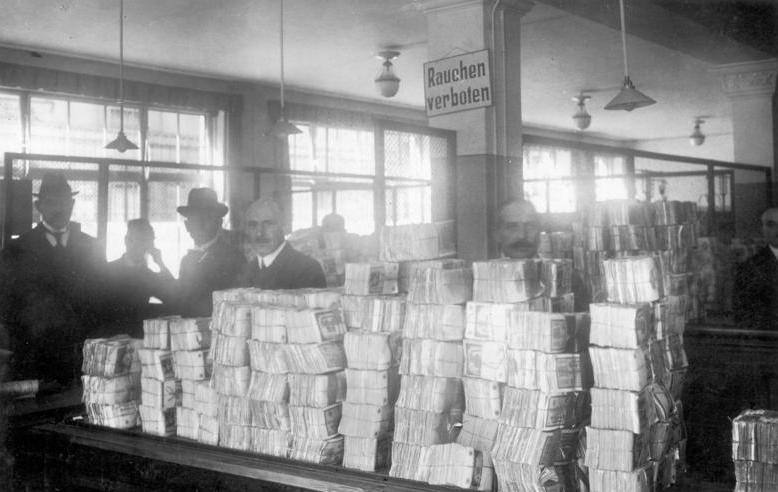The following is an amended form of the Daily Contrarian briefing from July 5. This briefing and accompanying podcast are released to premium subscribers each market day morning by 0700. To subscribe, visit our Substack.
The yield-curve between the 2-year and 10-year just inverted. What this means is the shorter-dated yield (the 2-year in this instance) is actually higher than the longer-dated one (the 10-year). To be specific, the 2-year yield is currently 2.81% while the 10-year is 2.80%.
So there you have it. It’s not the first time this has happened this cycle. In fact, the 2/10 curve inverted as recently as June 14. Also in March. This is one recession predictor that is deemed to be pretty accurate for reasons that are discussed in this Investopedia article.
This yield curve inversion gives us something to talk about today, as things are still mostly quiet after the long holiday weekend. Most of the action this week is back-loaded, with the June jobs report due on Friday.
Markets got some good news around easing of China tariffs over the weekend, but the mood is mostly pretty dour. CNBC reports the outlook for the second half is “not looking good.” A contrarian indicator? Maybe. Or maybe it just isn’t a good idea to fight the Fed?

Americans have apparently started tapping into their savings to cope with inflation. That’s not good, but there is a ready-made boogey man in the Federal Reserve. Lest we forget: the Fed insisted the inflation we were seeing last year was transitory. They’ve changed their tune on this, but the point is they don’t have political leeway to reverse course again — until inflation is well and truly under control (or they have some data to point to that will allow them to ‘declare victory’).
Whatever your views on all this, the truth is nobody has any idea what is going to happen. There are educated guesses but there are also people with a vested interest in pushing a specific narrative. Do your own research, make your own decisions.
Leave a Comment
